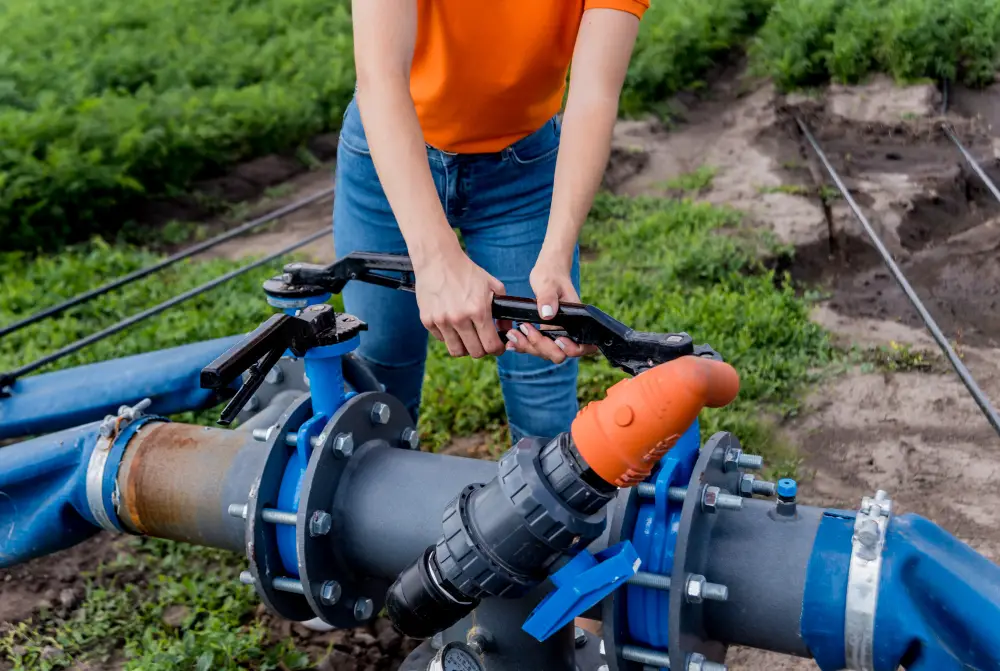When it comes to selecting a water pump, the process can seem daunting. Whether you’re dealing with agricultural irrigation, residential water supply, or industrial applications, finding the right pump is crucial.
One option that stands out is the monarch-style water pump, renowned for its reliability and efficiency. This article will guide you through five simple steps to choose your pump easily, incorporating real-life examples and a storytelling approach to make the selection process both engaging and straightforward.
Understanding Your Needs

First and foremost, assess your water system’s requirements. Are you looking to supply water to a residential property, or do you need a Monarch Water Pump for a large-scale farming operation? The capacity, power source, and pressure requirements will vary significantly depending on the application.
For instance, a family in a rural area shared their experience of upgrading to a high-capacity pump for their farming needs. The increase in efficiency was immediately noticeable, showcasing the importance of matching the pump to the specific demands of your system.
Evaluating Pump Types
There are several types of pumps available, each with its own set of advantages. Submersible pumps, for example, are perfect for deep wells where surface pumps would be ineffective.
Another family found that a surface pump was ideal for their garden irrigation system, highlighting the necessity of choosing the right pump type for your situation. Researching the different options will help you understand which style fits your needs best.
Considering Energy Efficiency

Energy efficiency is an essential factor in selecting a pump. With rising energy costs and environmental concerns, choosing a pump that minimizes electricity use without compromising performance is wise.
A business owner recounted their switch to an energy-efficient model, which significantly reduced their operational costs. This example underscores the long-term benefits of prioritizing energy efficiency in your selection process.
Checking Durability and Reliability
Durability and reliability are non-negotiable when it comes to water pumps. Investigate the materials and construction quality of the pump. Stainless steel pumps, for instance, offer superior resistance to corrosion and wear.
A community leader shared their community’s positive experience with a durable pump that has served them well for years, emphasizing the importance of investing in a reliable system.
After-sales Support
Finally, consider the level of after-sales support offered. Access to spare parts, warranty terms, and customer service can greatly influence your experience with the pump. A homeowner praised the excellent customer support they received when they encountered an issue with their pump, highlighting how valuable good after-sales service can be.
By following these five steps, you can navigate the selection process for a water pump with confidence. Remember, the key is to understand your needs, evaluate the options carefully, prioritize energy efficiency and durability, and consider the after-sales support you’ll receive.
With these considerations in mind, choosing the right pump for your application can be a straightforward and rewarding process.
Recap




